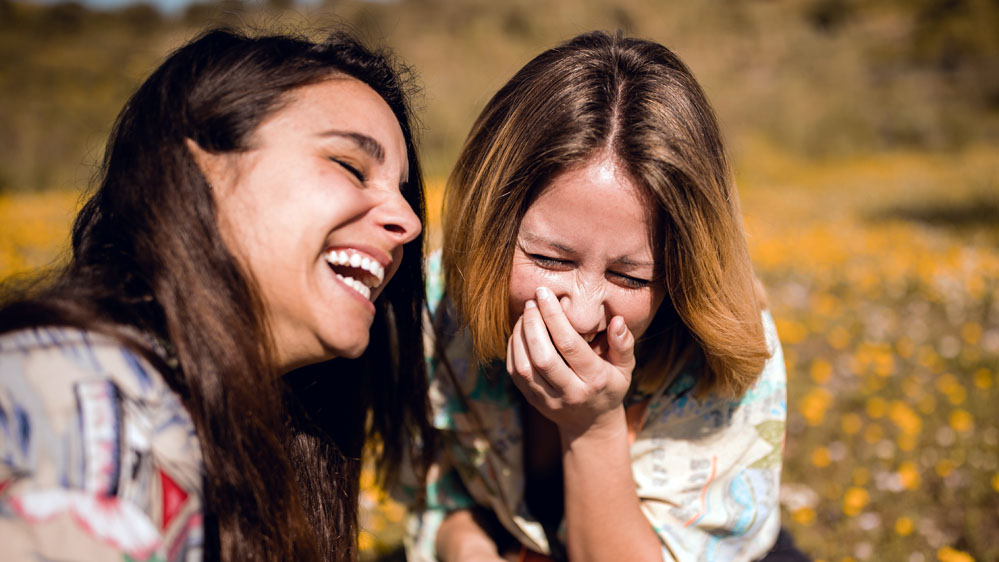Urinary Incontinence in Women: Causes and Treatment
Urinary incontinence is twice as common in women than in men, and it's especially common in older women. Among women ages 65 and older, 4 in 10 experience some loss of bladder control.
The three main types of urinary incontinence are:
- Stress urinary incontinence, when you experience leakage or loss of urine when you laugh, sneeze, run or make some other sudden movement
- Urge incontinence, when you have a frequent or sudden urge to urinate
- Mixed, in which women experience symptoms of both types
When either form of urinary incontinence affects your quality of life, seek a medical professional's help. Beaufort Memorial has a team of women's health specialists trained in the latest treatments for this medical condition.
Request an appointment with an OB-GYN or gynecologist.

What Causes Urinary Incontinence?
One reason urinary incontinence is more common among women than men is that they experience major reproductive health events that men don't. Pregnancy, childbirth and menopause can affect the bladder, the urethra and the pelvic floor muscles that support them. Because the female urethra is shorter than a man's, any damage or weakness there has a greater effect on the ability to control urine flow. Urinary incontinence can also be a symptom of urinary tract infection, another medical condition that's more common in women.
Other possible causes include:
- Constipation
- Consuming too many caffeinated drinks
- Nerve damage from childbirth, diabetes, multiple sclerosis or other health issues
- Smoking, which can irritate the bladder and increase the need to urinate
- Surgery involving the reproductive organs
- Weight gain, which can weaken pelvic floor muscles
Treatments for Urinary Incontinence
Home treatments for urinary incontinence may help resolve the problem. For instance:
- Avoid caffeine, carbonated drinks and alcohol, but drink plenty of water.
- Do Kegel exercises, which strengthen the pelvic floor and bladder muscles.
- Eat more fiber if you're constipated.
- Lose weight.
- Quit smoking.
If home treatments don't work, seek medical help. Medical treatments include:
- A bulking agent injected into the tissues around the bladder and urethra to help them control urine flow
- A midurethral sling, surgically implanted mesh or human tissue that acts like a hammock to support the urethra and bladder
- Biofeedback to improve control of the urethra and bladder muscles
- Botox injections into the bladder to increase capacity
- Colposuspension surgery to hold the bladder in place
- Medication to increase bladder capacity
- Nerve stimulation to increase blood flow to the bladder and strengthen surrounding muscles
- Surgery to increase bladder capacity
- Vaginal estrogen (for women in menopause and older)
- Vaginal pessaries to support the pelvic floor muscles
Our women's health providers will work with you to find the most appropriate treatment for your condition. You can count on skilled, sensitive care every step of the way.
